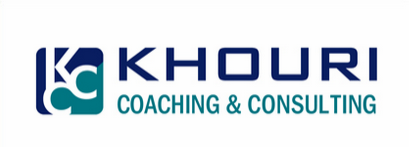I recently upgraded to progressive glasses. Please hold the aging jokes. Here is how they work: they have three prescriptions built right in. The top of the glasses are for long distance, the middle part of the glasses are for computer distance, and the bottom part of the glasses are for reading distance. Depending on where you are looking, you will be looking through the appropriate section of the lens, and occasionally you may need to tip your head slightly to get to the right place.
This got me thinking about your "vision" as a leader. Technology leaders need to see clearly at all three levels. The one that is the most familiar, that we read about in the leadership literature, and perhaps the most neglected is the vision of where we want to be in 3-5 years. This I would consider distance vision. What does long term success look, sound, and feel like? If you were wildly successful in the coming years, what do you imagine or see yourself doing or being? For an organization, an offsite meeting with management would be a good way to define this vision. For example, you could ask the team to write a wall street journal article talking about the success of the organization say in 5 years, date it October 1, 2015. You should update this vision every 2-3 years, and as your circumstances change. How has your vision changed, for example, after 9/11, or after a shift in roles? When you're clear about how your goals tie back to your vision, you will be more focused on them.
Next is your medium term vision, the computer distance so to speak. What should your world look like in 6 months or 12 months after you have completed all of your goals? Think about it this way, your goals have a time horizon of 12 months. What will things look like when all of those goals are completed? What will the organization look like, your leadership team, the technology that you are responsible for? The more clear your picture of these things, the more likely it is you are to achieve it.
Finally, let's look at your reading vision, perhaps 2-4 weeks out. What is on the immediate horizon that requires your focus now? Meetings that you have to prepare for? Staff development? Training? Projects that need attention? Think about October 20, 2010, what does it feel like looking back on what you accomplished in the last 4 weeks? Congratulations in advance!
It is worthwhile to think at these different levels, and be good at adjusting easily amongst them. When you have them clearly codified, you will be able to look in the right place at the right time. And perhaps you will need to adjust slightly to ensure you are looking at the right horizon.
Don's Coaching Questions.
- What requires your immediate attention right now? What can you do to move in the right direction?
- How clear are your goals and what you want to accomplish in the next 6-12 months?
- How clear is your 3-5 year vision?


 goals? When are they really motivated to achieve them, and when do they seem to be going along because it is required to do so? There are three needs that must be fulfilled for individuals to want to pursue their goals -- competence, connected, and autonomy.
goals? When are they really motivated to achieve them, and when do they seem to be going along because it is required to do so? There are three needs that must be fulfilled for individuals to want to pursue their goals -- competence, connected, and autonomy. 